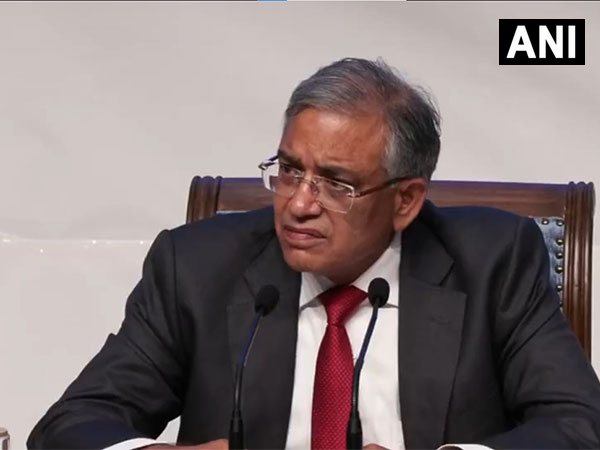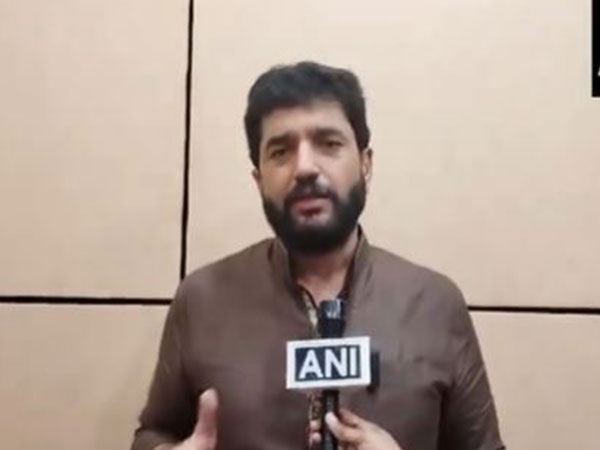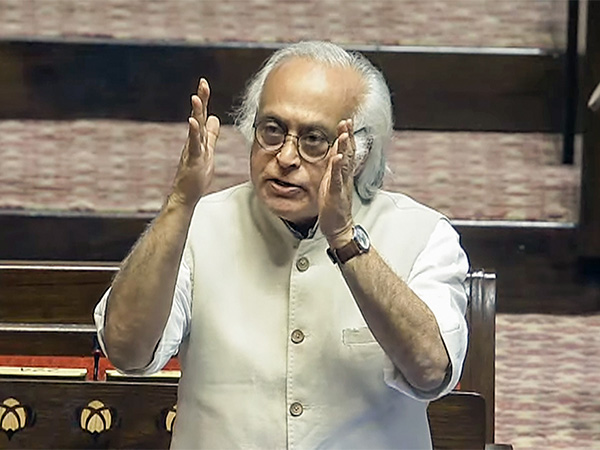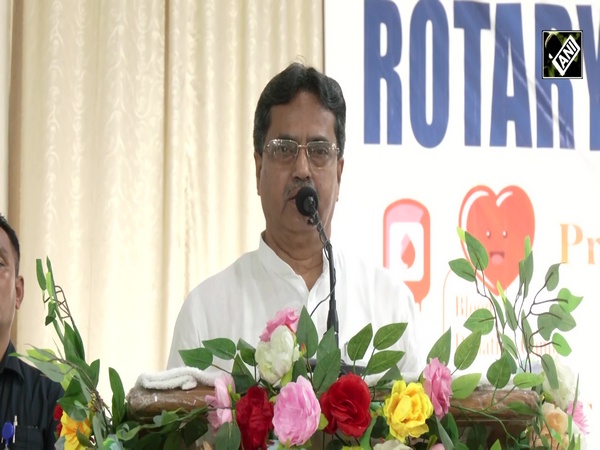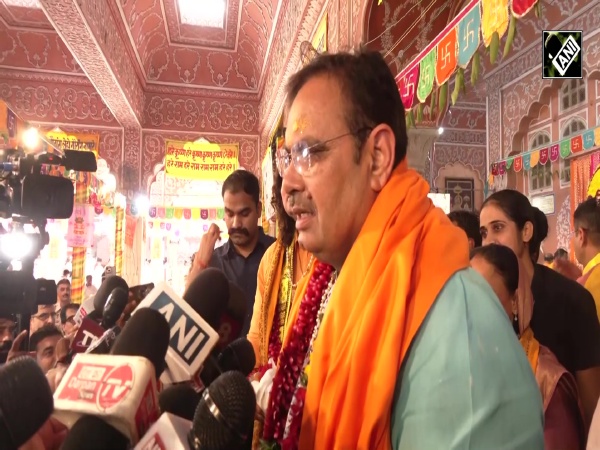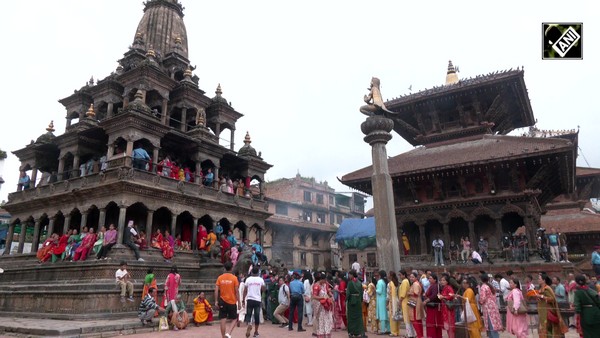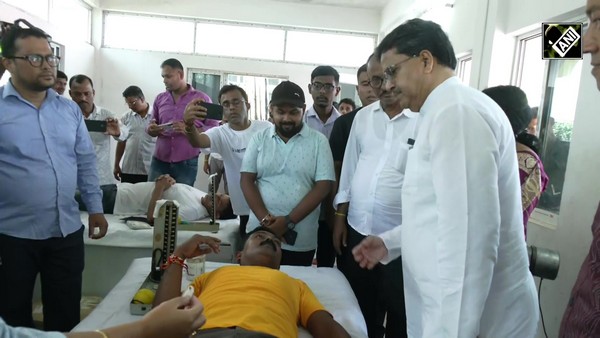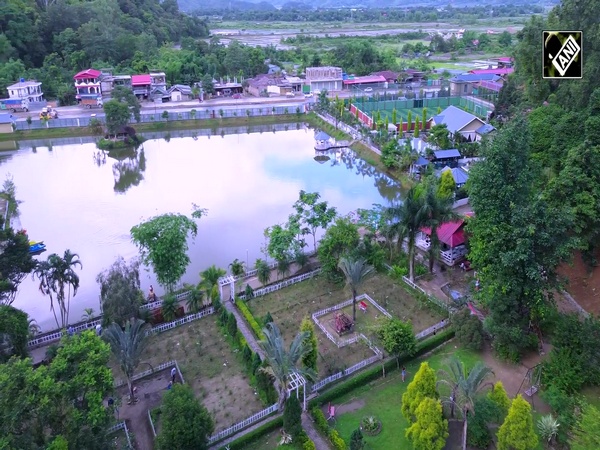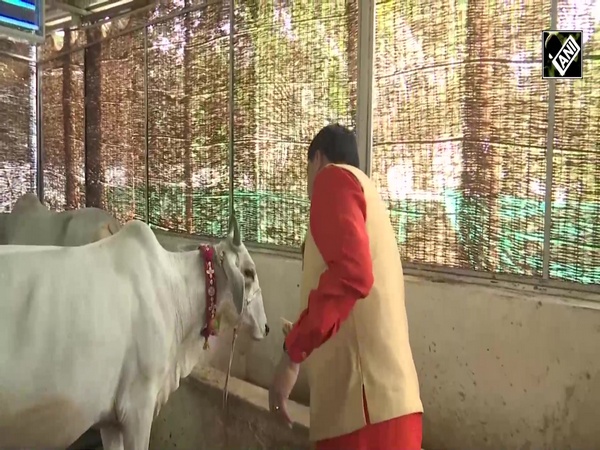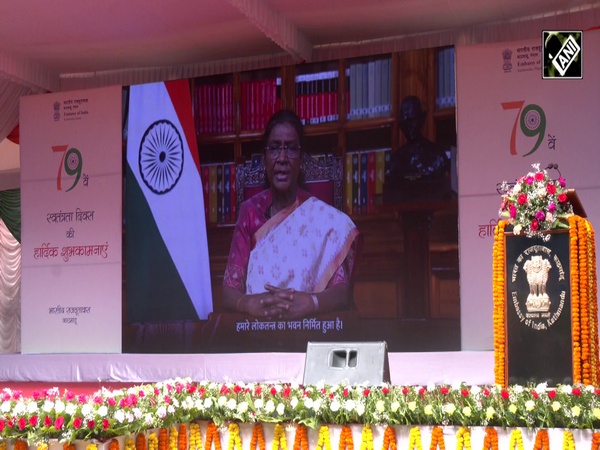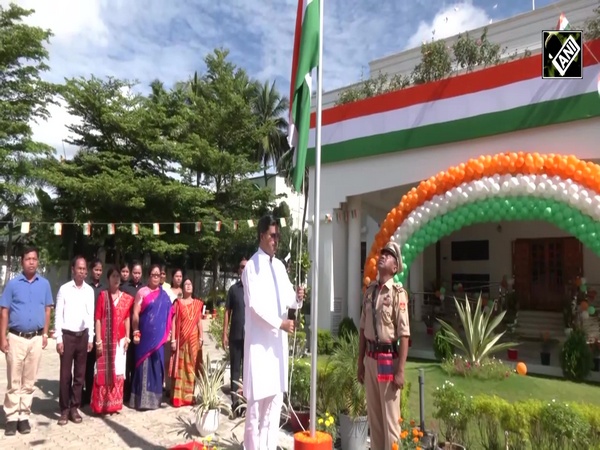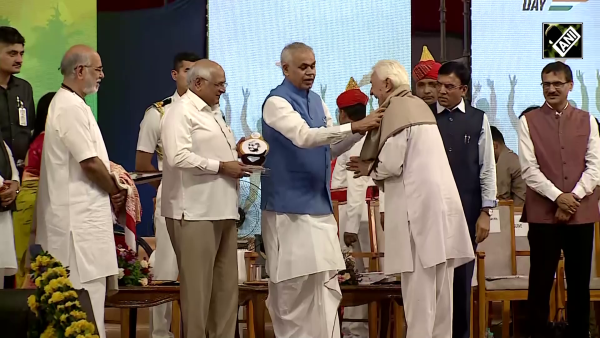IMD turns 150 years, experts express concern at climate change, unusual weather patterns in Himachal
Jan 15, 2024

Shimla (Himachal Pradesh) [India], January 15 : Several programmes were organised to commemorate the yearlong 150th anniversary celebrations of the Indian Meteorological Department (IMD) across India.
As a part of these celebrations, experts, scientists, environmentalists and weather scientists gathered in Shimla to discuss the changing weather patterns and show concern for the state.
"It is important not only in Himachal Pradesh but we are organising such programmes across India. The Indian Meteorological Department was set up in 1875, and there has been continuous progress by the IMD. There was a historical development in 1950 once radars were set up. Since 2002, scientific intervention has led to the development of IMD. Today we have 1200 automatic stations, 34 radars, Doppler radars, and satellites. It is a kind of showcase, as the history of the Indian Meteorological Department starts in Calcutta in 1895 and Shimla also has an important history as it was the centre of the IMD," head IMD Himachal Pradesh Surender Paul said.
"We are also launching our mobile app, which will provide all weather-related information. We are also planning to take initiatives to start forecasts at the panchayat level. There have been extreme weather events, floods, and problems of erosion and effects on roads, electricity and basic amenities, and it is a challenge for us. You see, there has been a dry spell for the past two months. There are many areas, including agriculture and trade, where it is having an impact on common people," Paul added.
The Additional Chief Secretary of the Revenue and Jal Shakti Department, Onkar Chand Sharma said that the extreme weather conditions need to be monitored and action taken.
"Why are extreme events happening and if, after analysing the data available with IMD for the last 100 years, we come to the conclusion as to what is the reason for this and whether the balance between nature and man is greater, then in this, it comes to sustainable development, it comes to scientific planning. After using whatever data we have, it should be our scientific planning and we should move along with the environment, which is changing the climate, this blind milk, which is in the race of development," Sharma said.
"If that is the reason, then how can we maintain a balance in it? That is what I think should be done so that we can become better people for our future generation. We have done many workshops at the state and national levels with different types of scientists; we are conducting many studies, which are on landslides, on earthquakes, and on scientific planning. What kind of planning should be done? What should be done? Scientific studies are being done on every subject, and after that, it is also being written to the concerned departments that if this is a separate matter of concern, then it is of the utmost concern," he added.
The Additional Chief Secretary of the Revenue Department noted that they have to be prepared for earthquakes as Himachal Pradesh falls into zones 4 and 5.
"What we are talking about is earthquakes because, as Himachal Pradesh falls into Zones 4 and 5, if any such disaster occurs, we need to do everything possible to be prepared for it. Our scientist has said that workers from Bihar and Nepal come here and prepare plans like engineers for houses and they do not pay attention to the foundation below. They have not taken any care of the welding. We need to be serious about it and prepare plans to deal with any situation. We can scientifically provide structural stability along with zoological stability for construction," Sharma said.
The horticulture and agriculture experts, SP Bhardwaj, also showed concern over the change in weather conditions in the region.
"The contributions of IMD have been very important but they need to be brought up. The temperatures are very high; there are around 17 degrees Celsius and 6 degrees Celsius; it is coming in at an average of about 11 degrees Celsius, which is not sufficient for the chilling requirements of apple fruit. This changing weather is very serious for the apple crop; farmers are advised not to conduct any activities in the orchards these days. If activities are conducted, there is a chance of disease. But in the month of February, there is a chance of snowfall," Bhardwaj said.
The environmental experts concerned about the changing weather pattern and climate change in the mountains are worried. Extreme weather has become a regular phenomenon in the Himalayan region, including in Himachal Pradesh.
"Today we have entered our journey; it is a very important day in the Indian Meteorological Department and we are all here to celebrate. The IMD and the climate are major concerns. We need to analyse the data, like the data of Shimla available with us for 100 years. If we have more available data, then we can analyse and learn about the climate variations and patterns in Shimla. This becomes very important when we do our scientific planning on the basis of this. So our main objective is to improve the observatories that are installed at different places on a more scientific basis, which is to do the automatic rooms," environmental scientist Suresh K. Attri said.
The experts also believed that the temperature in the region would rise by 1 to 1.5 degrees Celsius.
"Whatever data we have in the future, it clearly indicates that the temperature will increase between 1 and 1.5 degrees. The contingency that is now being created is that very extreme weather conditions have been created. The impact it has will continue and my own scientific analysis and our Environment Department of the Himachal Pradesh Government have clearly mentioned it in our documentation about it. The indications we are getting are that after January 25, the weather conditions will improve a lot," Attri further said.

